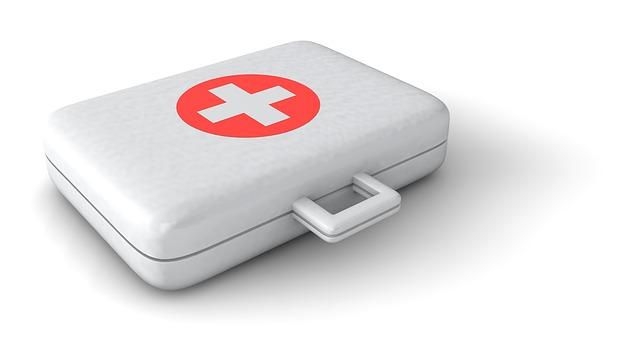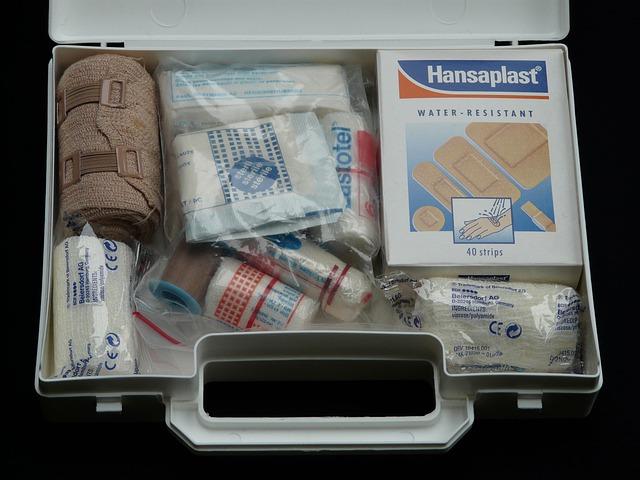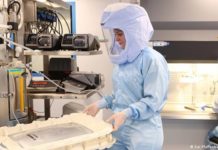It’s always a good idea to be prepared for an emergency. That’s why everyone should learn some basic first aid techniques. In this blog post, we will discuss the most important first aid procedures that everyone should know.
These procedures can help you in a variety of emergencies, including cardiac arrest, choking, and burns. So don’t wait – read on to learn about these life-saving techniques!

Contents
CPR
CPR is a life-saving procedure that everyone should know. It is used to restart a person’s heart when it has stopped beating. CPR helps to keep a person’s blood circulating until emergency medical personnel can arrive.
If you see someone who is unresponsive and not breathing, call 911 and then begin CPR. To check for responsiveness, gently shake the person’s shoulder and ask them loudly if they are OK.
If they do not respond, you will need to perform CPR. To perform chest compressions, place the heel of one hand on the center of the person’s chest and press down hard. The rhythm for chest compressions is 30 compressions followed by two rescue breaths.
Be sure to use full compression – go down to at least the breastbone and release all the way back up. If you are not trained in CPR, it is best to call 911 and let paramedics take over. However, if you feel comfortable doing so, you can continue performing CPR until help arrives.
If you want to get trained in CPR, there are a variety of courses for you to choose from. Just look up local first aid training courses. For example, if you’re in the West Yorkshire area, look for first aid training in Leeds, Bradford, or Wakefield. This way, you will be prepared for an emergency should one ever occur.
Choking
Choking is another common emergency that can be life-threatening. If someone is choking, they will usually be clutching their throat and gasping for air. It occurs when a person’s airway becomes blocked, and they cannot breathe properly.
This can happen if food, a toy, or another object gets lodged in the throat or windpipe. If you see someone who is choking, the first thing you should do is call 911. Then, use the Heimlich maneuver to dislodge the object that is blocking their airway. To do this, stand behind the person and wrap your arms around their waist.
Make a fist with one hand and place it just above their navel. Grab your fist with your other hand and give quick, upward thrusts until the object is dislodged from their throat. If the Heimlich maneuver does not work, you can try to dislodge the object with your fingers. Just be careful not to push it further down their throat.
Read Also:
- How Old was Jason Todd When He Died
- Which TV Personality often Appeared on Camera Wearing Sweaters that Were Knit by His Mother?
If the person is still choking, and you cannot dislodge the object, call 911 immediately.
Burns
Burns are another type of injury that can be very serious. There are three types of burns – first-degree, second-degree, and third-degree. First-degree burns only damage the outer layer of skin (epidermis). They are usually red and painful but do not blister. Second-degree burns damage both the epidermis and dermis (the second layer of skin).
They are often red, swollen, and blistered. Third-degree burns damage all layers of skin as well as underlying tissues such as muscles and bones. They are often black or white in color and may not be painful because the nerves have been damaged. If you see someone with a burn, it is important to cool the area as soon as possible.
This will help to reduce swelling and pain. To do this, hold the affected area under cool running water for at least five minutes. Then, cover the burn with a sterile gauze bandage or clean cloth. Do not use ice, ointments, or lotions on the burn.
These can actually make the injury worse. If the person has a first-degree or second-degree burn that covers more than three inches of their body, call 911 immediately. For third-degree burns, always call 911 and do not try to remove any clothing that is stuck to the skin.

Other Emergencies
There are a few other injuries and illnesses that you should be aware of and know how to treat. These include:
- Nosebleeds: To stop a nosebleed, have the person sit down and lean forward. Pinch their nostrils shut for five minutes. If the bleeding does not stop, call 911.
- Fainting: If someone faints, have them lie down with their feet slightly elevated. If they do not regain consciousness within a few minutes, call 911.
- Heat exhaustion: This can happen if someone is exposed to high temperatures for a long period of time or if they drink too much alcohol. Symptoms include heavy sweating, pale skin, dizziness, and a fast heart rate. To treat heat exhaustion, have the person drink cool fluids and rest in a cool, shady area. If their symptoms do not improve within 30 minutes, call 911.
- Heat stroke: This is a more serious form of heat exhaustion and can be life-threatening. Symptoms include a high body temperature (103 degrees or higher), red skin that is hot to the touch, rapid breathing, confusion, or unconsciousness. If you see someone with these symptoms, call 911 immediately and try to cool their body by wrapping them in damp towels or spraying them with cool water. Do not give them fluids to drink.
- Broken bones: If you think someone has a broken bone, do not try to move them. Call 911 and wait for help to arrive.
Read Also:
Learning basic first aid techniques is important for everyone. By knowing what to do in an emergency, you can help to save a life. To find out more about first aid, you can take a class or read a book on the subject. There are also many websites that provide information on basic first aid techniques.
So make sure you are prepared and know what to do in an emergency situation. Make sure to stay safe and always have a first aid kit nearby, just in case. Try to learn as much as you can about first aid so that you can be prepared for anything.






![DNS_Probe_Finished_No_Internet Error [RESOLVED] Fix DNS_Probe_Finished_No_Internet Error](https://howandwow.info/wp-content/uploads/2019/09/Fix-DNS_Probe_Finished_No_Internet-Error.jpg)
![Err_Connection_Reset Error in Chrome [RESOLVED] Fix Err_Connection_Reset Error in Google Chrome](https://howandwow.info/wp-content/uploads/2019/09/Fix-Err_Connection_Reset-Error-in-Google-Chrome.jpg)
![Err_Cache_Miss in Google Chrome Error [RESOLVED] Err_Cache_Miss in Google Chrome Error](https://howandwow.info/wp-content/uploads/2019/08/How-to-Fix-Confirm-Form-Resubmission-Error.jpg)





![Steam Missing File Privileges Error [RESOLVED] How to Fix Steam Missing File Privileges](https://howandwow.info/wp-content/uploads/2020/07/How-to-Fix-Steam-Missing-File-Privileges-Error-100x70.jpg)





![SIM Not Provisioned MM#2 Error [RESOLVED] SIM Not Provisioned MM#2](https://howandwow.info/wp-content/uploads/2020/03/SIM-Not-Provisioned-MM2.jpg)







